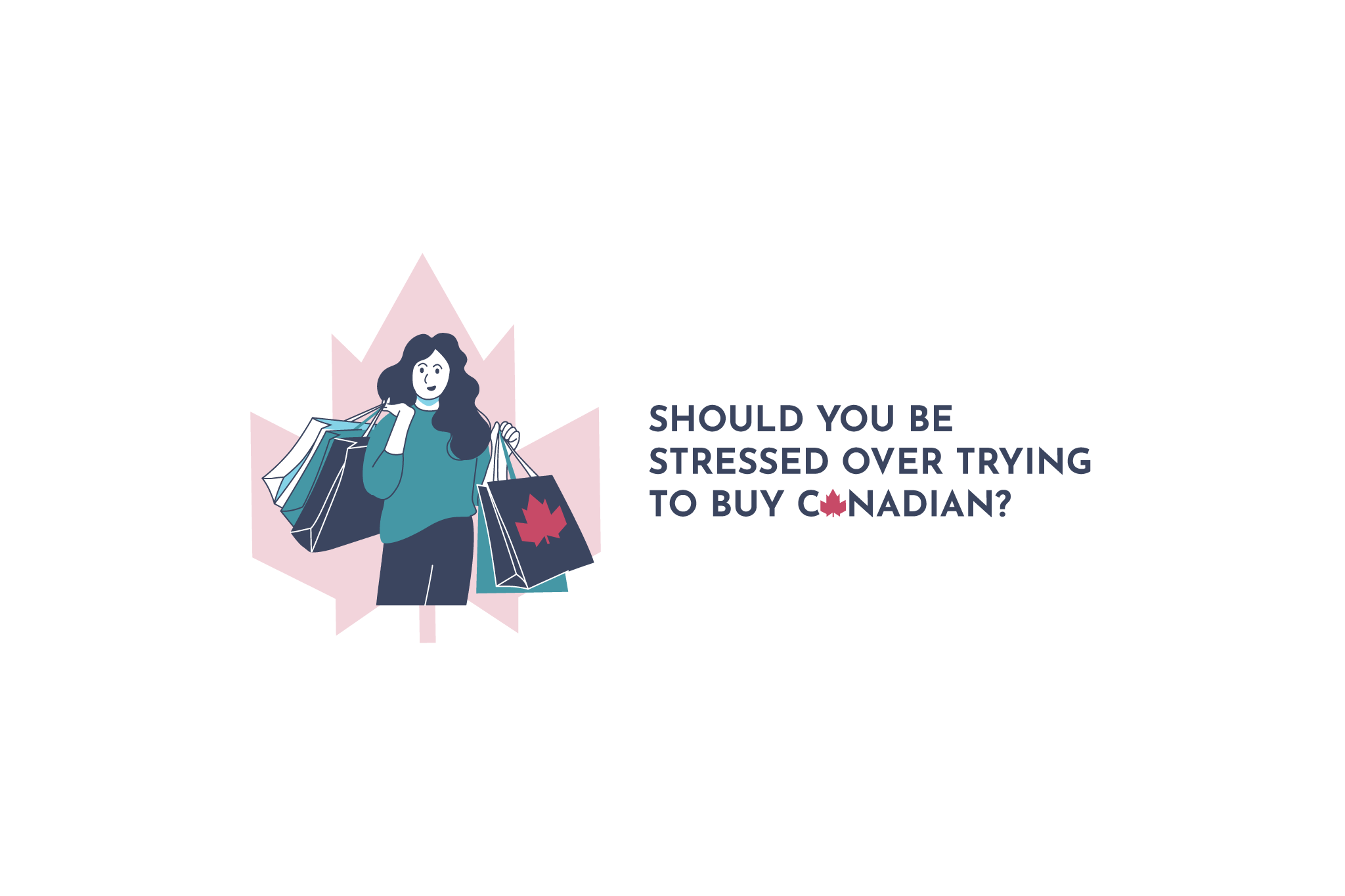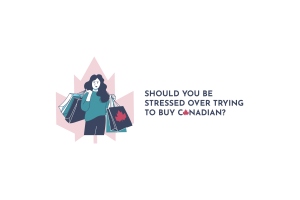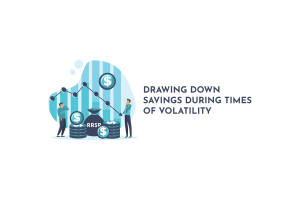As Canadians, we are all aware of the recent surge in national pride. Phrases like “elbows up” and “Canada is not for sale” have become common expressions of our response to rhetoric coming from the White House and President Trump’s ongoing suggestion that Canada should become the 51st state.
Add to this the Trump administration’s seemingly haphazard attempts to apply tariffs to goods made outside the United States, and the reciprocal tariffs introduced by other countries, including Canada, and we find ourselves on a razor’s edge that appears to be leading toward a global trade war.
One of the domestic responses has been growing frustration over how we’ve been treated by what has historically been our largest trading partner. This has also sparked a desire to stop buying U.S.-made products in favour of supporting Canadian-made goods.
With that in mind, I thought it might be worthwhile to take a closer look at this trend and explore how easy it really is to “Buy Canadian.”
In this article:
- Understand Your Labels!
- What About American Retailers Operating in Canada?
- Make Sure Your Anger is Aimed at the right Place
- Beware the Maple Washers!
- Do We Really Want to Only Buy Canadian?
Understand Your Labels!
We’ve all seen the growing pressure on companies to showcase how “Canadian” they are in order to avoid losing sales for not appearing Canadian enough. If you watched the Super Bowl in 2025, you may have noticed this ad from Kraft that emphasized how they manufacture the Kraft peanut butter familiar to Canadians at a facility in Montreal. That facility employs hundreds of Canadians and uses Canadian ingredients.
Another thing you may have noticed is the increased presence of the Maple Leaf logo on grocery store shelves. This symbol is meant to guide consumers toward buying Canadian. However, the situation is more complex than it seems.
Take Kraft peanut butter as an example. While it is produced in Canada, Kraft-Heinz, the parent company, is American and operates globally. So, what matters more to you as a consumer—buying a product made in Canada that supports Canadian jobs, or ensuring that the entire product, from manufacturing to ownership, is entirely Canadian?
It’s important to understand the difference between a label that says “Product of Canada” and one that says “Made in Canada.” A “Product of Canada” must be made with the majority of its ingredients or components sourced from Canada, and most of the labour used in its production must also be Canadian. In contrast, a product labeled “Made in Canada” may only have had the final steps of production occur in Canada. It is not required to use Canadian-sourced materials.
Additionally, neither of these labels guarantees that the company producing the product is Canadian-owned. Confused yet? It’s understandable. The concept of “Buying Canadian” isn’t always straightforward. Even Canada Dry ginger ale is owned by Keurig Dr. Pepper, which is an American company.
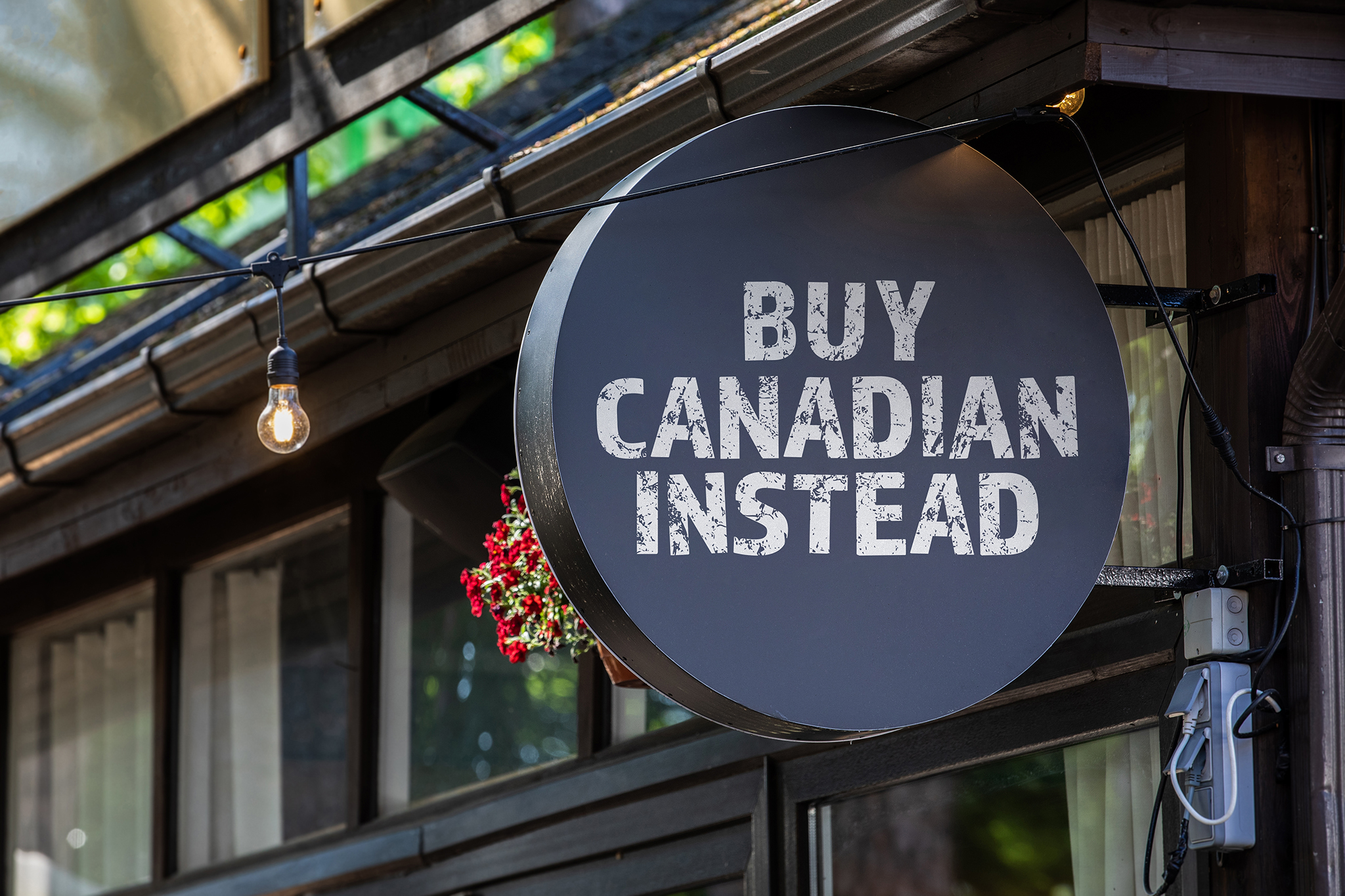
What About American Retailers Operating in Canada?
I’m sure you’ve heard that one of the common pieces of advice for shoppers is to avoid large, American-owned retailers. “Shop local” has become a rallying cry. But who does this really hurt if we all decided to only shop locally?
Take Walmart as an example. It is one of Canada’s largest retail employers, operating over 400 stores and distribution centers across the country. In 2024, Walmart International reported net sales of $122 billion USD, while U.S. sales alone totaled $462 billion USD. It is estimated that Canadian sales accounted for approximately $22.5 billion USD. Based on these figures, Canada represents about 3.85% of Walmart’s total revenue.
Now, imagine a scenario where a boycott of Walmart in Canada succeeded and Canadian sales dropped to zero. While that would be a relatively small financial hit for Walmart as a global corporation, the impact in Canada would be far more significant. More than 100,000 people, the number Walmart employs in Canada, could lose their jobs.
For comparison, Hudson’s Bay, often viewed as a symbol of Canadian retail, laid off an estimated 8,000 employees across the country when it closed stores due to bankruptcy. On top of that, the company—strongly associated with Canadian heritage—was sold to American investors in 2006. So if you believed supporting Hudson’s Bay was a way to “buy Canadian,” that may not have been entirely accurate.
So, who does a “buy local” boycott hurt the most? The multinational corporation, or the local employees whose livelihoods depend on customers shopping where they work?
Once again, we are dealing with a complex issue. Simply saying “Buy Canadian” does not automatically solve the problem.
Make Sure Your Anger is Aimed at the right Place
Here’s the big question: do you think businesses in the United States support policies that lead to a trade war? Any successful business understands that no one truly wins in a trade war. Corporations in the U.S. know they are caught in a no-win situation.
Speaking out against the current White House administration can often make things more difficult for a company. As a result, many businesses feel it’s safer to stay silent rather than risk retaliation. These companies also understand that they are the ones who absorb the immediate impact of tariffs through increased costs—not the foreign countries exporting the goods, despite what some in Washington may believe.
In the end, the cost of tariffs is passed on to consumers. Even the most responsible corporations are unlikely to reduce their profit margins by covering these costs themselves. That burden is transferred to everyday people. American consumers will feel the effects just as sharply as those in other parts of the world.
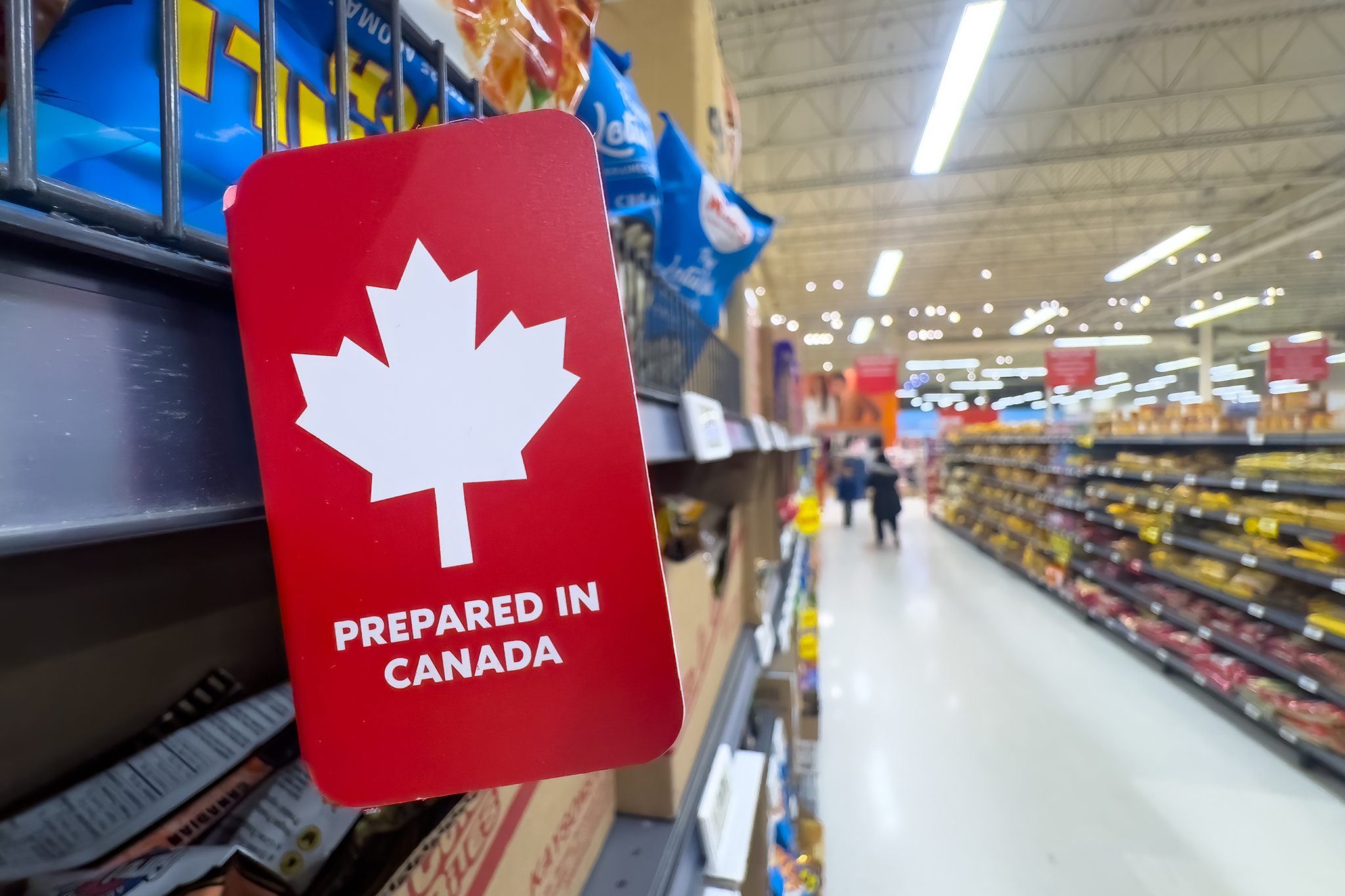
Beware the Maple Washers!
This is how far the madness has gone. As the push to buy Canadian products at the grocery store has grown, we are now seeing a trend known as “Maple Washing.”
Not familiar with the term? It refers to when a company exaggerates how “Canadian” a product is to earn a maple leaf sticker on the store shelf, suggesting it has strong Canadian roots.
For example, everyone knows shredded coconut is a classic Canadian product, right? I remember climbing the palm trees of central Ontario as a kid and picking a fresh coconut for a snack. No? That doesn’t sound quite right?
Then why, in some Canadian grocery stores, has shredded coconut been given the coveted maple leaf sticker that makes shoppers think it’s a Canadian product? Who knows. Apparently, for some sellers, simply importing a product specifically for their use is enough to label it as Canadian.
That’s how we end up with “Canadian” shredded coconut or “Canadian” orange juice. Once again, we come back to the reality that “Buying Canadian” isn’t always straightforward, and unfortunately, retailers aren’t making it any easier.
Do We Really Want to Only Buy Canadian?
As we’ve noted, exclusively buying Canadian would be incredibly difficult. There are many products Canadians purchase regularly that simply cannot or will not be produced here. For example, our climate makes it unrealistic to expect that we can grow oranges the way they do in Florida. When it comes to citrus fruits, it just isn’t feasible to buy Canadian.
Let me ask you this: are we truly trying to “Buy Canadian” in every instance, or are we, as a nation, responding to events in Washington by shifting toward a mindset of “Buy Anything Other Than American”? Perhaps we should refocus that frustration—not on which brand of ketchup is most Canadian—but on supporting the jobs of our friends and neighbours.
Avoiding all big-box retailers that aren’t Canadian-owned is difficult, but supporting Canadian businesses and smaller local retailers is a worthwhile goal. Still, it shouldn’t have taken remarks from the Oval Office to spark this motivation.
As of 2022, nearly 50 percent of the private labor force in Canada worked for small businesses (defined as companies with fewer than 100 employees). If such a large portion of our workforce depends on these businesses, shouldn’t we focus our efforts on supporting them and the people they employ?
Supporting local small businesses—regardless of whether they sell goods imported from the U.S.—should be our priority if we want to keep Canada strong.
